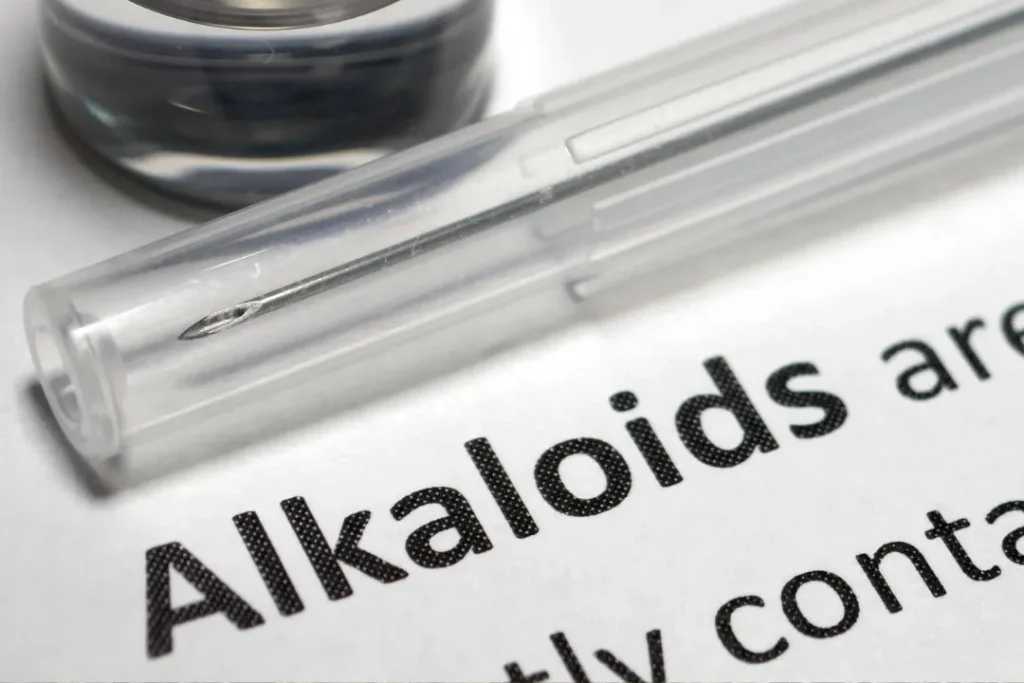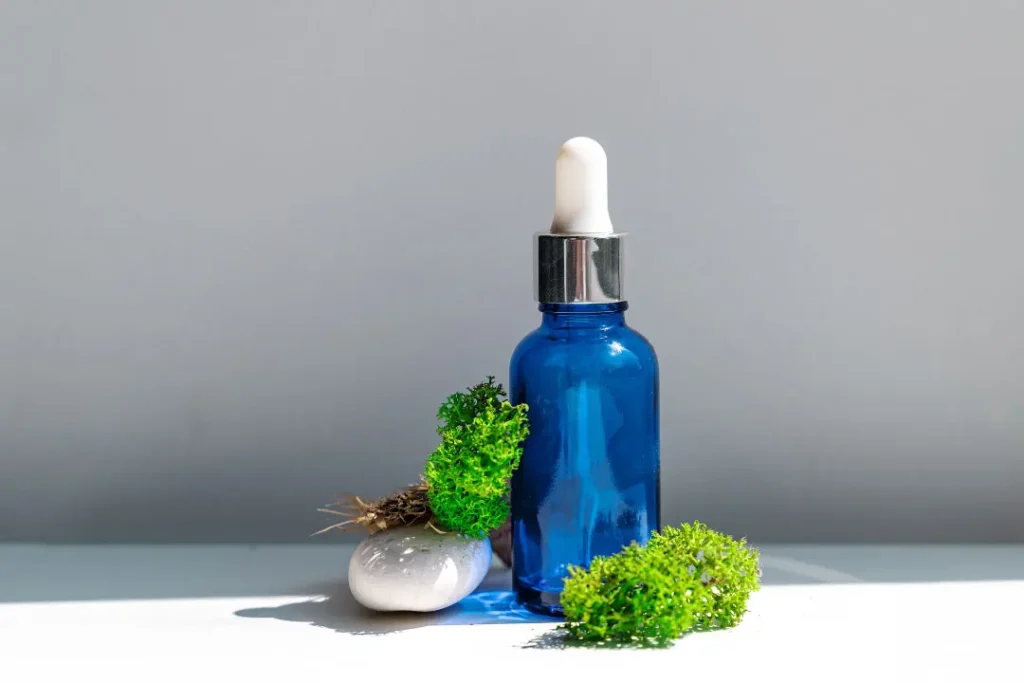Lycopodium plants, which are frequently referred to as “club moss,” are a diverse group of prehistoric vascular plants. Since these plants are abundant in bioactive alkaloids, particularly huperzine A, this makes them a strong acetylcholinesterase inhibitor. As a result, club moss has attracted scientific interest for their potential health benefits. The therapeutic potential, ideal dosage, potential side effects, and interactions of club moss are all examined in this article.
You May Also Like:
The Best Supplements for Memory and Brain Fog: 5 Top Brands Reviewed
Finding the Best Supplements for Brain Fog After COVID: 5 Top Brands Reviewed
Club Moss: Benefits, Dosage, Side Effects, Drug Interactions, and Other Important Information is an original (NootropicsPlanet) article.
Nature of Club Moss
The benefits of club moss, which is primarily found in the Northern Hemisphere’s cooler climates, have long been acknowledged in conventional medical practices. The plant’s biological activity is influenced by a diverse range of alkaloids, polysaccharides, triterpenoids, flavonoids, and phenolic compounds. Its most studied alkaloid, huperzine A, has a unique chemical composition. Sesquiterpene alkaloid with an acetyl group and nitrogen atom is at one end of a rigid, unsaturated 15-membered ring. Because of this structure, huperzine A can interact directly with the acetylcholinesterase enzyme, which is essential for neurotransmission.
Health Benefits
Numerous health advantages of club moss, specifically huperzine A, has many neuroprotective properties. Huperzine A shows potential in numerous scientific studies for treating Alzheimer’s disease and enhancing cognitive function.
This advantage is a result of huperzine A’s capacity to inhibit acetylcholinesterase, an enzyme in charge of degrading acetylcholine, a neurotransmitter essential for memory and learning processes. Huperzine A effectively raises acetylcholine levels in our brain by inhibiting acetylcholinesterase, improving neural connectivity and cognitive function. Huperzine A can also have neuroprotective effects by reducing oxidative stress, preventing neuronal apoptosis, and regulating the expression of neurotrophic factors, according to recent studies.

Chemistry of Club Moss
Alkaloids, flavonoids, polysaccharides, and triterpenes are just a few of the chemically diverse substances found in club moss. However, the alkaloids in Club Moss, particularly huperzine A, are primarily responsible for the plant’s bioactivity. A rigid, unsaturated 15-membered ring with an incorporated nitrogen atom and an acetyl group is located in the sesquiterpene alkaloid huperzine A. Huperzine A’s interaction with acetylcholinesterase is made possible by its complex and distinctive structure, which also explains why it has so many medicinal uses.

Physiological Properties of Club Moss
Huperzine A’s main purpose is to prevent the enzyme acetylcholinesterase from degrading the neurotransmitter acetylcholine in the synaptic cleft. Huperzine A improves cholinergic function by inhibiting acetylcholinesterase, ensuring that more acetylcholine is available for neuronal transmission. This mechanism is especially helpful in diseases like Alzheimer’s, which have a severe lack of cholinergic neurotransmission.
Numerous in-vitro and in-vivo studies have proven that huperzine A also demonstrates neuroprotective effects. According to reports, it prevents the oxidative stress-induced neuronal apoptosis that is the root of many neurodegenerative diseases. Additionally, it has been demonstrated that huperzine A alters the expression of nerve growth factor, a protein that encourages neuronal survival and expansion.
It’s also important to note that huperzine A has been shown to reduce glutamate-induced excitotoxicity, a pathological process in which neurons are harmed or killed as a result of excessive stimulation by glutamate, a typical neurotransmitter in our brain.
Overall, Club Moss, and more specifically, huperzine A, demonstrate significant therapeutic potential in neurodegenerative disorders and cognitive enhancement through their multifaceted physiological properties.
Optimal Dosage
Due to the variety of Club Moss species and the different huperzine A concentrations in each, determining the ideal dosage can be challenging. In the field of cognitive enhancement, the dosage for huperzine A is somewhat established. The recommended daily dosage, according to studies, ranges from 100 to 200 micrograms, but the precise amount depends on your specific health and tolerance levels. Always start with a lower dose and keep an eye out for negative side effects.

Side Effects
Club Moss has potential side effects, just like many other supplements. These usually occur when the supplement is taken in doses that are higher than advised. High blood pressure, sweating, nausea, vomiting, and blurred vision are a few possible side effects. These symptoms are primarily brought on by your body’s elevated acetylcholine levels, which, if they become excessive, can cause the parasympathetic nervous system to become overstimulated.

Potential Substance Interactions
Huperzine A, or club moss more specifically, may interact with a number of drugs. It may interact with other medications that have comparable effects because it functions as an acetylcholinesterase inhibitor, which could result in an overabundance of acetylcholine. The previously mentioned side effects may become worse due to, this interaction. As a result, if you take acetylcholinesterase inhibitors or drugs like some antidepressants that affect acetylcholine levels, you should only use club moss under the guidance of your healthcare provider.
Due to its potential to affect the parasympathetic nervous system, club moss may also interact with drugs that affect heart rhythm. Therefore, before beginning Club Moss supplementation, if you have a cardiovascular condition or are taking antiarrhythmic medications, you should first speak with your healthcare professional.
Best Responsible Use
Supplementing with club moss has a wide range of potential advantages, especially for cognitive health. However, considering the potential negative effects and drug interactions, its use should always be done with caution. When considering supplementation in conjunction with other medications or in the case of pre-existing medical conditions, it’s critical that you follow suggested doses and seek professional medical advice. The quality and purity of the supplement, as with all dietary supplements, can have a big impact on how safe and effective it is. It is advised that you should seek out dietary supplements from reputable producers who are open about where their ingredients come from and how they are made.
Club Moss:
Conclusion
Club moss, which is abundant in bioactive substances like huperzine A, has the potential to improve mental function and protect the nervous system. If you are somoene looking for a natural supplement to aid in your daily mental and nervous system health, club moss may be very good for you. But as with all supplements, it’s important to use it sensibly and consider any possible interactions and side effects. To understand the breadth of Club Moss’ advantages and its ideal use in promoting good health, more study is necessary. Contact your heakth care provider if you think club moss may be helpful for you.
References:
- Huperzine A for Treatment of Cognitive Impairment in Major Depressive Disorder: A Systematic Review of Randomized Controlled Trials. Retrieved from: https://jamanetwork.com/journals/jamapsychiatry/fullarticle/2605202
- Lycopodium – An Overview. Retrieved from: https://www.sciencedirect.com/topics/pharmacology-toxicology-and-pharmaceutical-science/lycopodium
- Organization of Club Moss Gametophytes and Juvenile Sporophyte Populations in Pine Forests.Retrieved from:https://www.researchgate.net/publication/293046912_Organization_of_Club_Moss_Gametophytes_and_Juvenile_Sporophyte_Populations_in_Pine_Forests
Important Note: The information contained in this article is for general informational purposes only, and should not be construed as health or medical advice, nor is it intended to diagnose, prevent, treat, or cure any disease or health condition. Before embarking on any diet, fitness regimen, or program of nutritional supplementation, it is advisable to consult your healthcare professional in order to determine its safety and probable efficacy in terms of your individual state of health.
Regarding Nutritional Supplements Or Other Non-Prescription Health Products: If any nutritional supplements or other non-prescription health products are mentioned in the foregoing article, any claims or statements made about them have not been evaluated by the U.S. Food and Drug Administration, and such nutritional supplements or other health products are not intended to diagnose, treat, cure, or prevent any disease.


